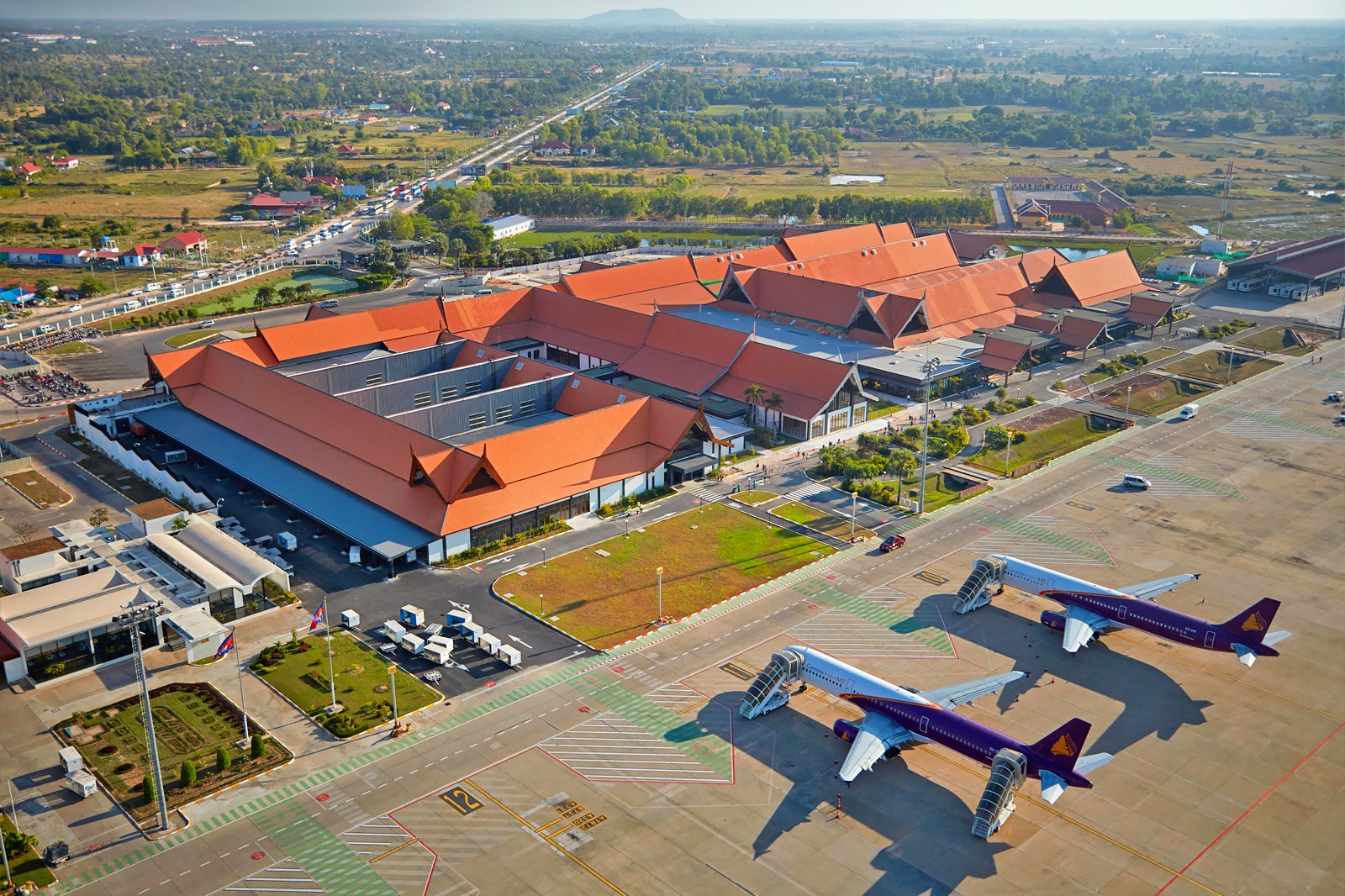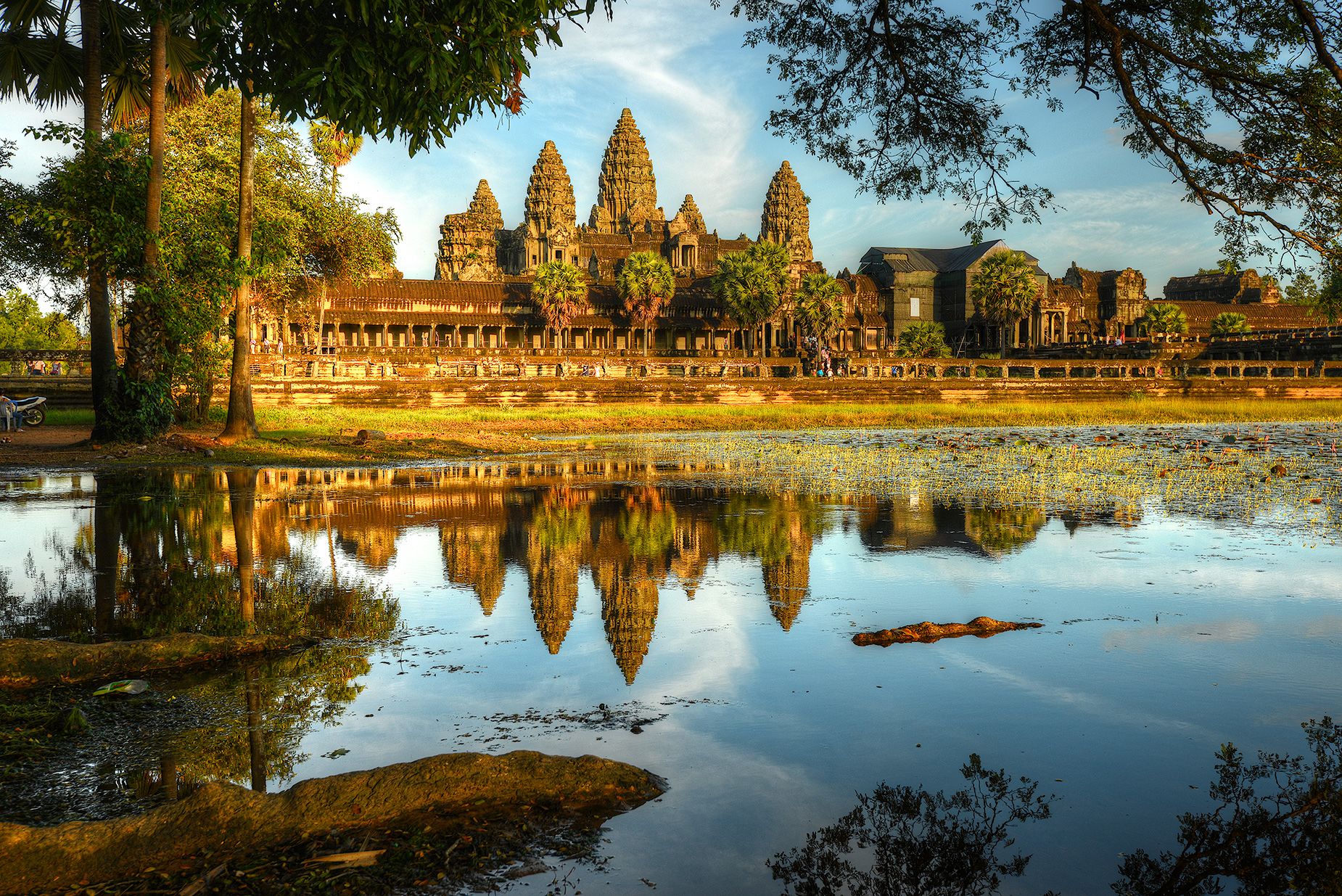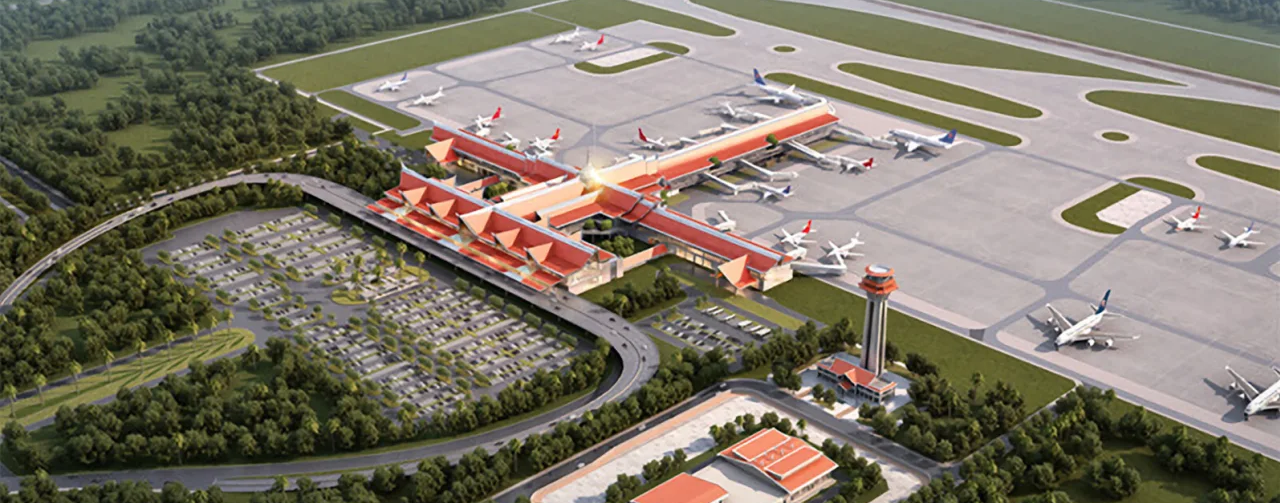The new Siem Reap-Angkor International Airport, which was funded by China, has opened to replace Siem Reap’s old airport.
Cambodia welcomed the opening of its newest and largest airport in Siem Reap province, located in the country’s northwest. The Siem Reap-Angkor International Airport, funded by China, has become the primary gateway to one of Cambodia’s most iconic tourist destinations, the UNESCO-listed Angkor Archaeological Complex.
Siem Reap-Angkor International Airport received its first commercial flight on the morning of October 16, 2023. The inaugural flight, operated by Thailand’s Bangkok Airways, touched down at this new airport, situated approximately 40 km from the protected Angkor area, and 51 km from Siem Reap itself.
The airport, bearing the International Air Transport Association code SAI, has taken over the role from Siem Reap International Airport (REP), which has been in operation since 1932.

Funded as part of China’s Belt and Road Initiative, at a cost of around US$1.1 billion, the new SAI airport was designed to handle an initial capacity of 7 million passengers annually – a 2 million increase compared to REP. It boasts a runway that stretches 3,600 meters in length, long enough to easily accommodate widebody jets.
The Chinese Embassy’s Economic and Commercial Office in Cambodia notes that it’s the first overseas international airport built under a “Build-Operate-Transfer” model by Chinese enterprises. The airport’s operations and management are overseen by the Yunnan Aviation Industry Investment Group. Classified as a “4E airport,” it can accommodate larger commercial aircraft, including those used for long-haul global routes.

Construction commenced in March 2020, right at the eruption of the Covid pandemic and at a time when China’s economy still looked bulletproof. The airport’s design is said to be inspired by traditional Cambodian architectural styles. The airport was 63% complete by the end of 2022, and construction wrapped up earlier this year, with test flights carried out starting in June.
While the official airport website provides limited information on available services, shops, and dining options at the new facility, it offers a comprehensive schedule of departing and arriving flights.
The airport is scheduled to be officially inaugurated on November 16, 2023 by His Excellency Hun Manet, Prime Minister of Cambodia, along with a delegation of Chinese leaders.
The old Siem Reap airport (REP), will be completely closed now that the new airport has opened.
CAMBODIA SEEING STEADY RECOVERY IN TOURISM
Recent data from Cambodia’s Ministry of Tourism indicates that the country welcomed 3.5 million international tourists during the first eight months of 2023. This figure marks a substantial increase of 250.8% compared to the same period in the previous year. However, it also represents a 19.7% decrease when contrasted with the 2019 numbers before Cambodia closed its borders due to the pandemic. Cambodia initiated the relaxation of its Covid entry restrictions and reopened its doors to tourists in March 2022. The ministry anticipates that the country is poised to have hosted approximately 4.5 to 5 million international tourists by the end of this year.

A significant proportion of these visitors are drawn to Siem Reap, a city renowned for its proximity to the revered Angkor Archaeological Complex. This UNESCO-inscribed site stands as one of Southeast Asia’s most critical and impressive archaeological treasures.
Encompassing an expansive 400 sq km, the park preserves the remnants of the diverse capitals of the Khmer Empire, which flourished from the 9th to the 15th centuries. However, the vast majority of tourist attention at the complex concentrates on only a select few of its sites, with Angkor Wat, Angkor Thom, and the Bayon receiving the lion’s share of visitor traffic.
Information from CNN Asia, CAPA, and Khmer Times contributed to this article.
"ExpatGo welcomes and encourages comments, input, and divergent opinions. However, we kindly request that you use suitable language in your comments, and refrain from any sort of personal attack, hate speech, or disparaging rhetoric. Comments not in line with this are subject to removal from the site. "























